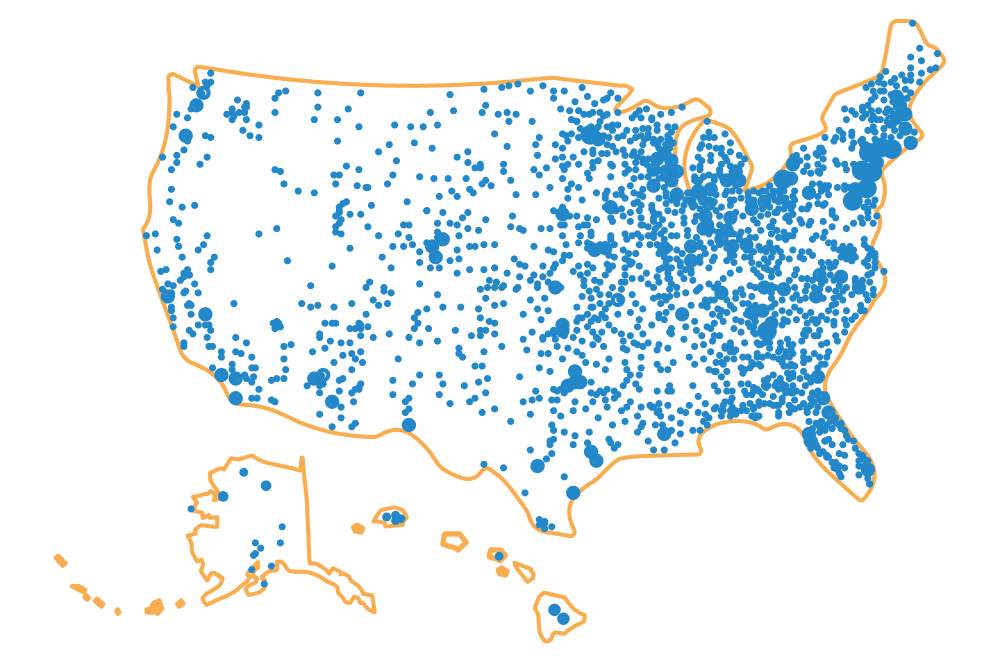When you save with Ohio 529 CollegeAdvantage, you are investing for your children’s future education. And there are all kinds of schools after high school at which you can use at 529 account, including four-year colleges and universities, two-year community colleges, trade or vocational schools, technical schools and certificate programs, as well as apprenticeships approved by the U.S. Labor Department.
By saving in 529 education savings account, you receive three tax benefits. One is that 529 withdrawals are tax-free for qualified higher education expenses. What makes a higher education expense qualified? If the cost is required for enrollment or attendance at a post-secondary educational institute, then it will mostly like be qualified.
Qualified higher education expenses include:
- tuition;
- room and board during any academic period in which the 529 beneficiary is enrolled for at least half of the full-time academic workload according to the eligible education institution. Room and board costs can also include rent for off-campus residency —including apartment, homes, and Greek fraternities and sororities houses — and groceries (non-taxable items only), provided these costs are equal or less than the same room and board allowances from the accredited education institution;
- mandatory fees;
- computer equipment and related technology as well as internet services;
- books, supplies and equipment related to enrollment and class schedule; and
- certain expenses for a special-needs student; and
- qualified apprenticeships costs such as fees, textbooks, supplies, and equipment like required trade tools. The apprenticeship program must be registered with the Secretary of Labor’s National Apprenticeships Act in order to use a 529 plan withdrawal. Interested parties can check the U.S. Labor Department’s search tool to confirm that a program is registered, and therefore, eligible for a 529 withdrawal;
There are other qualified higher education expenses for which a 529 can cover, such as:
- Up to $10,000 per child, per year from a 529 account can be used to pay for your child’s K-12 tuition at a public, private, or religious elementary or secondary school. If your child has more than one 529 plan, then the combined qualified distributions from all the 529 accounts for K-12 tuition is limited to $10,000 a year. Consult your qualified tax advisor for specific information.
- A tax-free 529 withdrawal can be used to pay principal and interest on certain qualified education loans for the beneficiary of your account or any of the beneficiary’s siblings. The loan repayment provisions apply to repayments up to $10,000 per individual. This $10,000 is a lifetime amount, not an annual limit. Withdrawals for student loan repayment can only be made to the 529 account owner or the beneficiary of the 529 account.
- Starting January 2024, the newest tax-free 529 distribution allows any unused 529 funds (subject to the requirements listed below) to roll over to a Roth IRA for the same 529 beneficiary without incurring any penalty on the earnings. There are some requirements in order to use this new qualified distribution. First, a 529 account must be open for the beneficiary for 15 years. Second, the Roth IRA must be for the same beneficiary of the 529. Third, your contributions—which are also known as the principal—must have been in your Ohio 529 account for at least five years before the Roth IRA rollover. Fourth, you can only roll over 529 funds up to the yearly Roth IRA contribution limit, which is $6,500 for 2023. Fifth, the lifetime maximum 529 amount allowed for the Roth IRA rollover is $35,000.There are still many clarifications and operational issues that will need to be resolved relating to this recent change.
And so you know, the second tax benefit of saving in Ohio’s 529 Plan is that all earnings grow tax-free, meaning that all the investment growth is yours to use for your children’s future educational expenses. Compound interest — the interest earned on contributions, earnings, and interest already accumulated in the 529 account — is included in the tax-free earnings. To see just how tax-free growth adds up with a 529 savings plan, use the tax benefit tool to see the difference between a 529 plan account and a taxable savings account.
The third tax benefit is that any Ohio resident — whether the account owner or a gift giver — who contributes to Ohio’s 529 Plan can deduct their contributions from their taxable state income. The deduction is $4,000 per year, per beneficiary, with unlimited carry forward, which means that the $4,000 is not a contribution cap. If an Ohio taxpayer contributes more than $4,000 in one year, they can continue to subtract $4,000 per year, per beneficiary, from their State of Ohio taxable income until all Ohio 529 Plan contributions have been deducted.
For more than 34 years, Ohio’s 529 Plan has been helping families across the nation save for their children’s higher education. Ohio’s 529 Plan covers qualified costs at any four-year college or university, two-year community college, trade or vocational school, apprenticeship approved by the U.S. Labor Department, or certificate program nationwide that accepts federal financial aid. Learn, plan, and start for as little as $25 today at CollegeAdvantage.
This article was originally published in 2021 and has been updated with new information in 2023.








